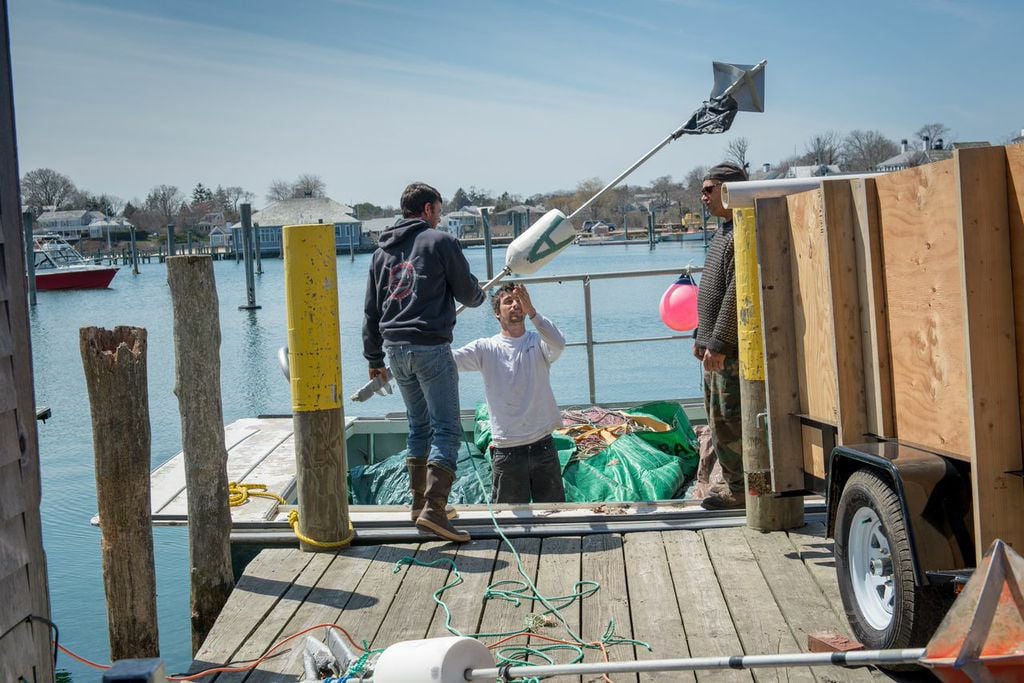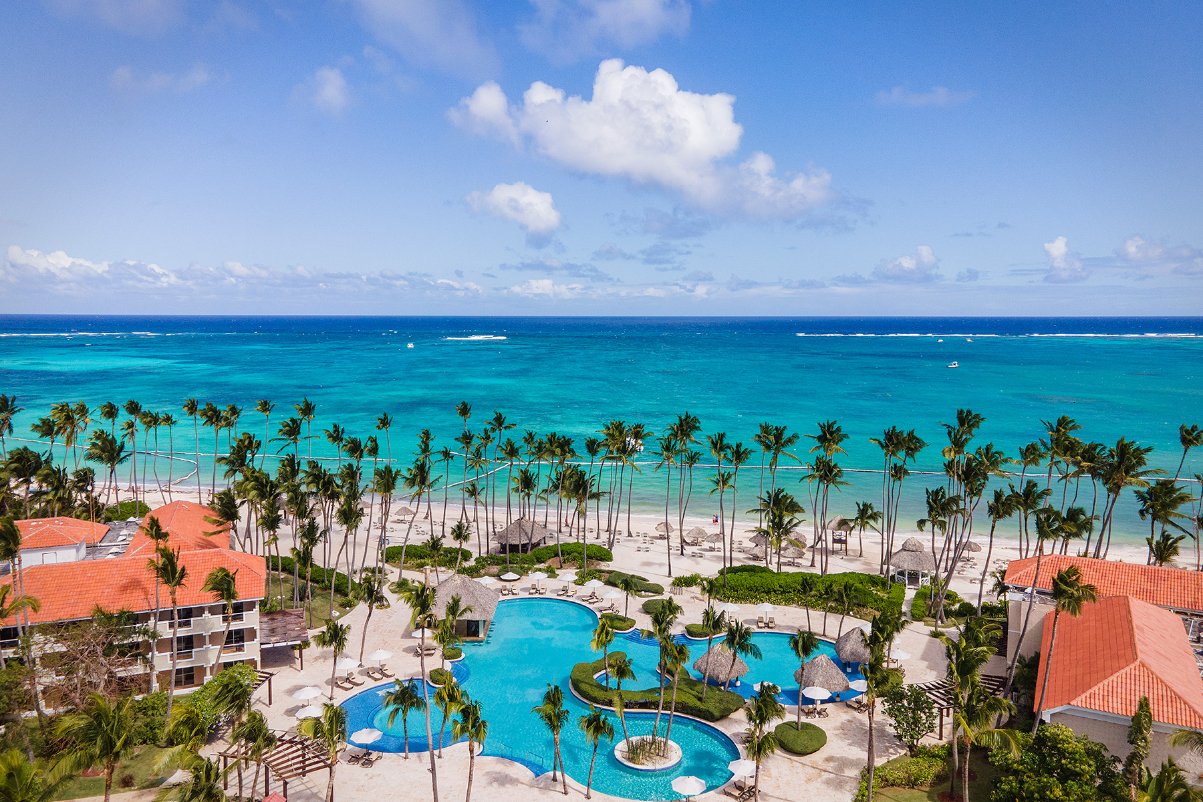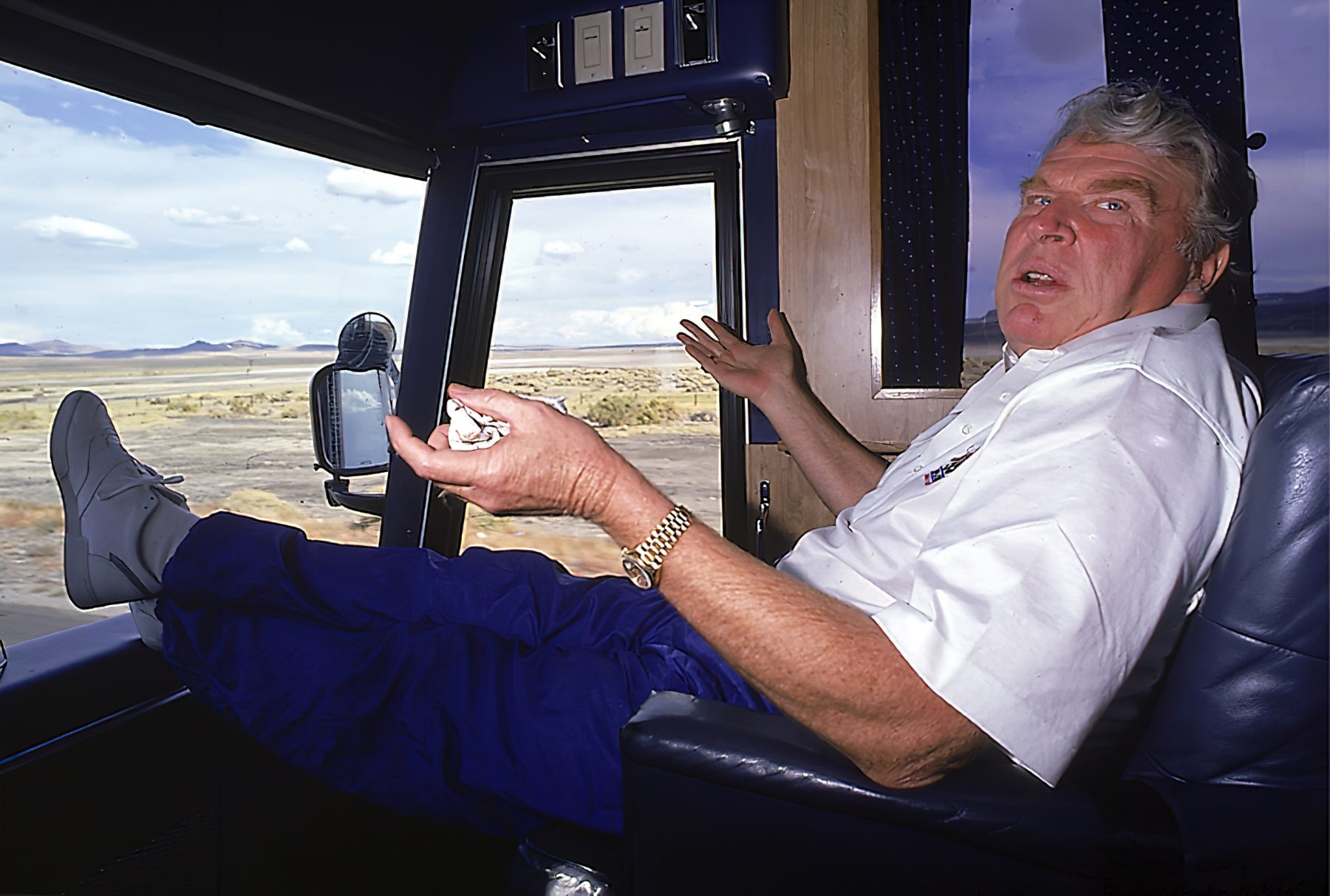U.S. Destinations Take Their Foreign Worker Recruiting Efforts Around the World

Skift Take
When a record 75 million international visitors arrived in the U.S. last year, destinations from coast to coast already had game plans in place to adapt to the growing number of foreign tourists.
Since locals often can't bridge the gap of positions employers need filled, destinations increasingly travel abroad to find workers who will round out seasonal employment demand. Along the way destinations also tout that this practice helps them promote diversity within their workplaces, an important consideration given that international tourists spent $222 billion in the U.S. last year and want to feel welcomed while spending.
Employers used to hold the sentiment that foreign workers were cheap labor who could help keep payroll numbers down. They've since realized having foreign faces in their workplaces likely bodes well with international tourists, especially those from expanding markets like Latin America and China, who feel comfortable seeing familiar faces while traveling.
South American Students
Crested Butte, a ski resort in Colorado where about 12% of its staff is foreign and hails from countries such as Argentina, Chile, Ecuador and Peru, makes annual recruiting trips to South America to conduct in-person interviews with student work visa applicants. Universal Student Exchange, the South American agency Crested Butte works with, pays for these trips as is the case for many agencies trying to bring foreign student workers and destinations together.
The resort has between 40 to 50 students working during its peak winter season on J-1 visas which are issued by the U.S. to exchange visitors participating in employment and programs promoting cultural exchange. Destinations must promise a certain amount of visa work contracts to agencies for consideration for recruiting trips, a short compromise for ensuring operations run smoothly and guests leave with smiles on their faces.
"We do our best to primarily rely on local residents/American workers however we're not able to fill our needs based solely on local recruitment," said Jessica Caskey, human resources manager for Crested Butte. "Offering employment to foreign workers, specifically international students, allows us to fill remaining open positions."
Aspen Snowmass, another Colorado ski resort, also makes recruiting trips to South American countries like Brazil and Argentina and has gone as far as South Africa during the past year to recruit J-1 and H2B visa students. H2B visas permit foreign workers to enter the U.S. and perform temporary nonagricultural services or labor on a one-time, seasonal basis.
"We have a very strong base of international visitors and while most speak English, it is important to have some employees here who speak [our international visitors' languages] as well," said Jeff Hanle, a spokesperson for the resort.
The convention and visitors bureau for Cape Cod and the islands of Martha's Vineyard and Nantucket told Skift there are nearly 5,000 visa students working there during the summer months which is roughly 6% of foreigners entering the U.S. on H2B and J-1 visas each year. The convention and visitors bureau said employers work with the Council on International Education Exchange and Intrax, both U.S.-based agencies, to attract foreign students to summer work opportunities with Crested Butte also using Intrax.
U.S. H2B Visa Worker Stats
Last year the U.S. department of labor certified and filled more than 93,000 jobs with foreigners on H2B visas with the travel industry figuring about 14% of these jobs between hotel staff, amusement park workers and restaurant wait staff.
Texas accounted for the largest percentage of visa workers (15%) followed by Florida (7%) and states like Colorado, New York and Virginia each claimed about 4%.




